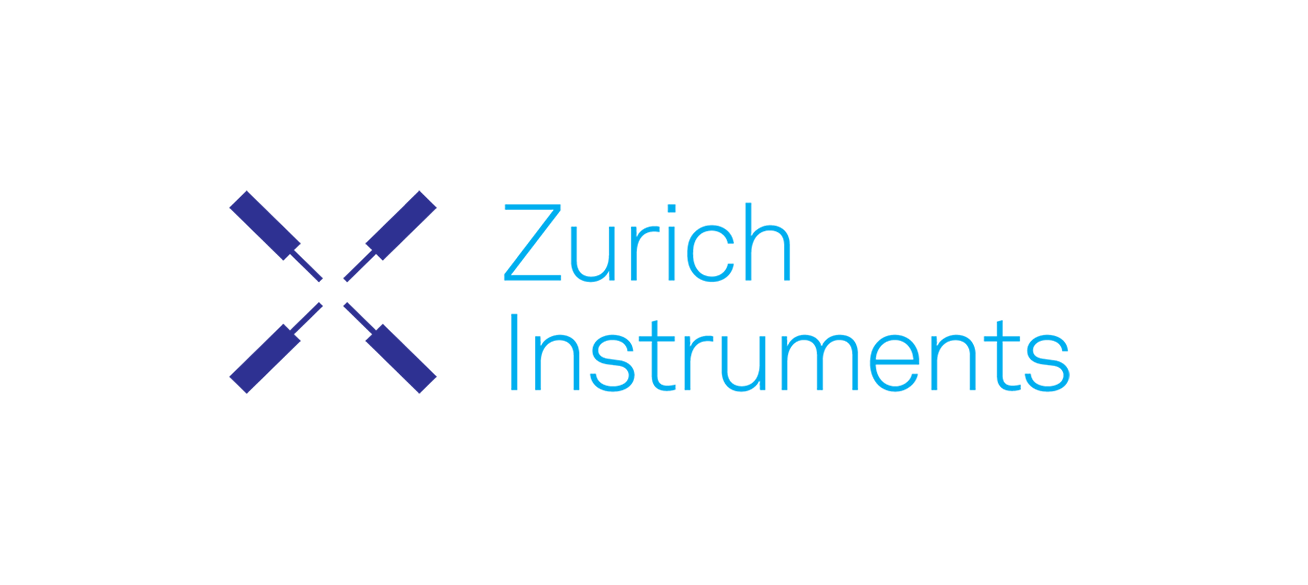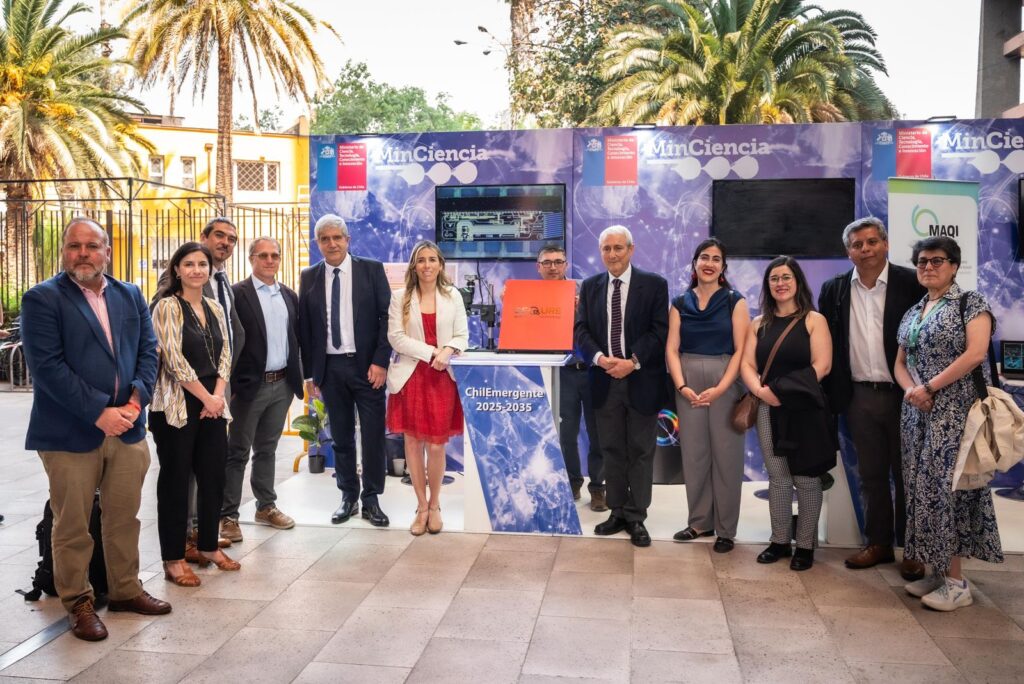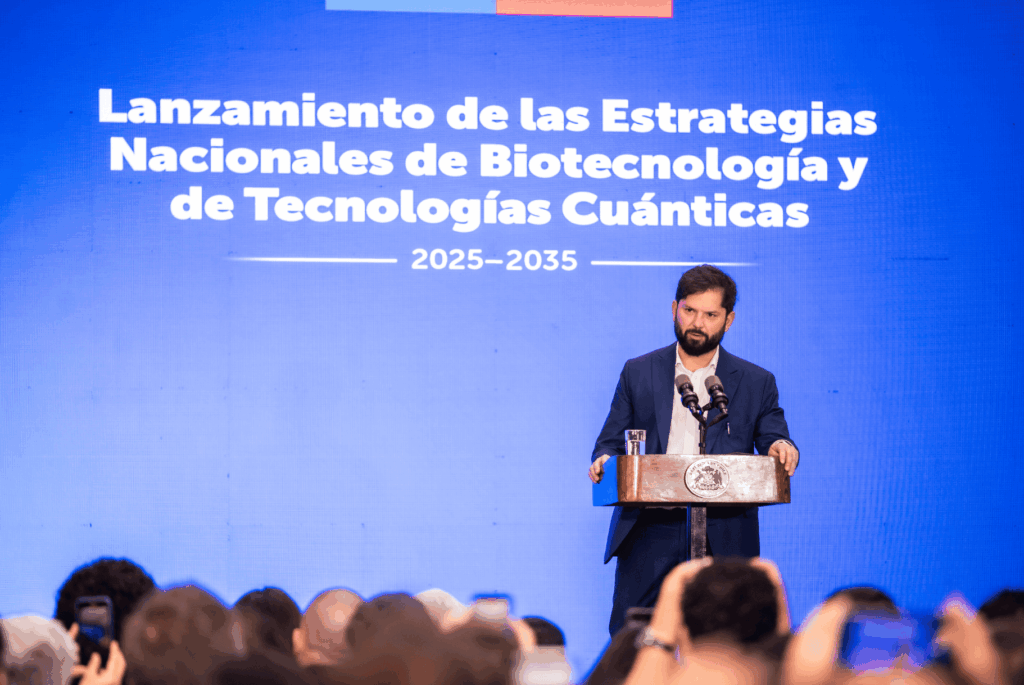Insider Brief
- Zurich Instruments has joined NVIDIA’s NVQLink initiative, an open reference architecture uniting CPUs, GPUs, and QPUs for real-time hybrid classical-quantum computing.
- The company is integrating its LabOne Q quantum control stack with NVIDIA’s CUDA-Q platform, enabling seamless orchestration of hybrid workflows through the Realtime Host system.
- Alongside IQM Quantum Computers, Zurich Instruments demonstrated accelerated hybrid algorithms at GTC D.C., marking progress toward scalable, fault-tolerant quantum systems.
PRESS RELEASE — At this year’s NVIDIA GTC D.C., Zurich Instruments showcased its support for NVIDIA NVQLink, a new open reference architecture that integrates CPUs, GPUs, and QPUs into a single powerful hybrid computing system.
Zurich Instruments contributes to defining the scalable architecture that will shape the future standard in hybrid classical-quantum computing. As the first company to offer quantum control systems and sustain technology leadership, it brings deep expertise in both the hardware and software of control electronics for quantum computers. Through NVQLink, Zurich Instruments works alongside NVIDIA to demonstrate how the end-to-end integration of supercomputing resources, like NVIDIA’s Realtime Host, with Zurich Instruments’ high-performance quantum control systems to enable users to efficiently time their workflows with real-time capabilities that seamlessly link classical and quantum computation steps, powered by the tightly integrated software stack between Zurich Instruments LabOne Q and the NVIDIA CUDA-Q software platform.
The announcement of NVQLink at NVIDIA GTC Washington D.C. signals more than just a technical achievement; it marks a shift. Hybrid classical-quantum computing is no longer a distant goal but an emerging reality. To demonstrate this, long-term partners IQM Quantum Computers and Zurich Instruments work together to showcase accelerated hybrid classical-quantum algorithms on IQM’s state-of-the-art QPU technology. “Integrating NVQLink into our systems is a significant step towards building logical qubits and utility-scale quantum computers,” said Jan Goetz, Co-CEO and Co-founder of IQM Quantum Computers.“ By combining our IQM Constellation with NVIDIA’s accelerated computing and Zurich Instruments’ control electronics, we can tackle one of the toughest challenges on the road to fault-tolerant quantum computing: real-time decoding and control at scale.”

“Quantum is reaching an inflection point, and hybrid systems will be the foundation for solving real-world problems,” said Flavio Heer, driving strategic technology collaborations in his role as CTO at Zurich Instruments. “Working on the seamless end-to-end integration of classical and quantum computing, spanning both hardware and software, represents a significant advancement for hybrid quantum systems and will enable powerful demonstrations very soon. Being part of NVIDIA NVQLink highlights our role in enabling this next phase, where CPUs, GPUs, and QPUs work together to tackle challenges from materials discovery to advanced optimization.”
“NVQLink offers a scalable, open and universal way for Zurich Instruments to integrate their essential quantum control systems with AI supercomputing”, said Tim Costa, General Manager for Quantum at NVIDIA. “This is a key puzzle piece for quantum computing’s biggest remaining challenges of quantum error correction and hybrid application development.”
The showcase at GTC D.C. is just one step in our ongoing work with NVIDIA. From research labs worldwide to high-performance computing (HPC) centers, Zurich Instruments continues to shape the future of quantum technology by ensuring that hybrid computing is built on a foundation of precision, reliability, and scalability. NVQLink acts as a catalyst letting quantum and classical systems converge even faster. For Zurich Instruments, it opens new possibilities for unleashing the computing power of today and tomorrow’s QPUs. The next chapter in this journey will unfold in March 2026, when we share a milestone that reflects our vision for what’s possible beyond today’s systems:















